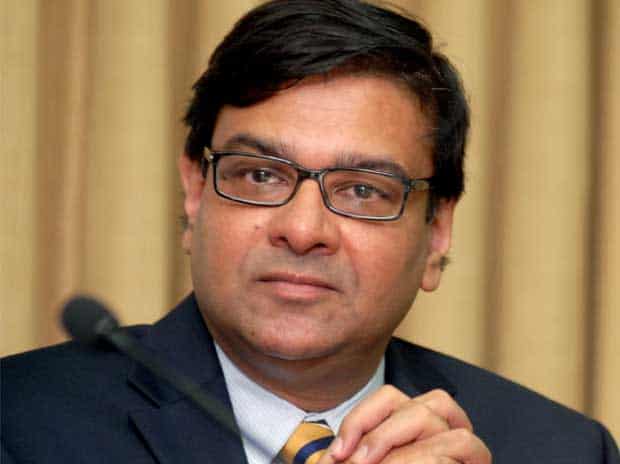Mumbai: Banks have not passed on full benefits of past rate cuts to borrowers, RBI Governor Urjit Patel today said hoping that better transmission will happen with the latest 0.25 per cent reduction alongside government’s lowering of interest on small savings.
The 6-member Monetary Policy Committee (MPC), headed by Patel, today unanimously voted to reduce the repo rate or the short-term rate at which central bank lends to banks, to 6.25 per cent – lowest since November 2010.
“I agree that the transmission through bank lending has been less than anyone of us would have liked to,” Patel told reporters when asked whether banks will cut lending rates after today’s cut which is first in six month.
“We are hoping that over the next quarter or two, keeping in mind the government has also reduced the small savings rates, the MCLR itself will now throw up more transmission,” he added.
Since January 2015, Reserve Bank has reduced repo rate by 150 basis points, excluding today’s cut, but banks have reduced their base rates only by 60 basis points.
The RBI introduced new marginal cost of funds-based lending rate (MCLR), since April this year.
Between April and September 2016, RBI had cut the repo rate by 25 bps but the reduction in one year MCLR is only 15 basis points.
Patel said however that under the new lending rate regime the transmission has been much more.
He said the transmission of policy rates through money markets has been swift and decisive and corporates are using those parts of the financial system more compared to vanilla bank credit.
Government, last week, for the second time this fiscal year had lowered the interest on small saving instruments like postal deposits, EPF and PPF and NSS by 1 bps to 8 per cent.
This was over and above the marginal reduction announced in the pricing of these savings in the Budget 2017.

